The history of the origin of the husky breed
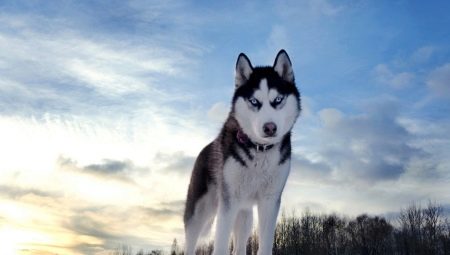
Recently, huskies are the most popular dog breed. Interest in them is growing every year. What kind of interesting dogs they are, where they came from, how and where they were bred, how they attract people so much - we will consider in our article.
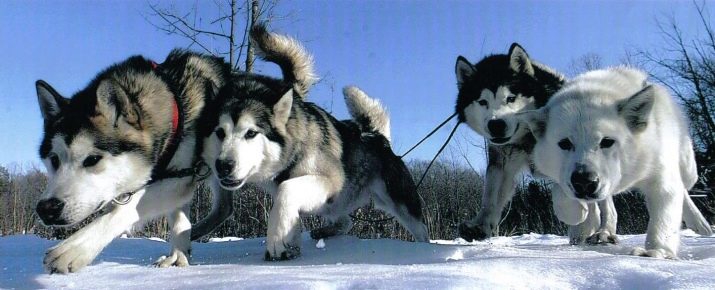
Versions of the origin of the breed
The history of the origin of the husky breed is lost in the mists of time. According to some data, they appeared 1,500 years ago, and according to others - more than 3,000. They come from the northern regions with a harsh climate - the Far East, Siberia, Chukotka, Kamchatka. Under these conditions, the inhabitants needed a strong, strong animal for the transportation of various goods during their wanderings.
In the Neolithic era, primitive hunters came to the North with their hunting dogs. Subsequently, dogs were crossed with wolves, as a result of which the first representatives of this breed appeared, and people began to purposefully breed them. Modern scientific research has proven a very close genetic relationship between huskies and wolves.
According to one version, the name goes back to the name of the Eskimo tribe. Distorted, even rather slang, the word "Eski" meant "Eskimo dog". However, another assumption about their origin seems to be more reliable. The breed was bred by the Chukchi - a people occupying a vast territory in the northeast of the continent of Eurasia.

For many centuries the Chukchi lived in a rather closed manner, without being influenced by civilization. Unpretentious and intelligent sled dogs were their faithful helpers and friends - they transported luggage, hunted animals, warmed them with their warmth on cold nights. The selection was tough - the right to live and give offspring was provided only to the strongest and most intelligent individuals.
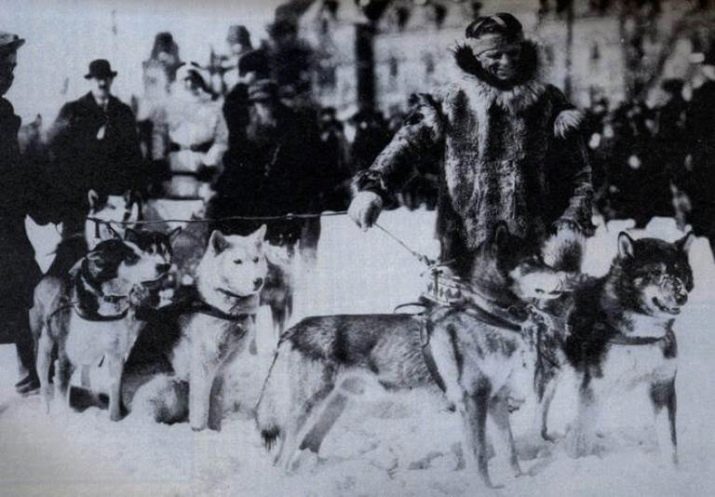
Later, when trade began to develop, European and American merchants learned about these dogs, and then gave the breed their name. From English "husky" is translated as "hoarse".
The voice of these animals is really hoarse, they do not bark, but growl and howl - the influence of wolf genes also affects here.
An excursion into history
Huskies gained the greatest popularity and recognition throughout the world during the "gold rush" in Alaska. In order to get to the hard-to-reach northern regions, dogs were needed that were well adapted to these conditions. Of all the breeds tested, the natives of Siberia turned out to be the best. Despite the average parameters, they overcame snow drifts, withstood a 50-degree frost, walked tirelessly, found their way through a blizzard and blizzard by instinct, transported medicines, food, mail.
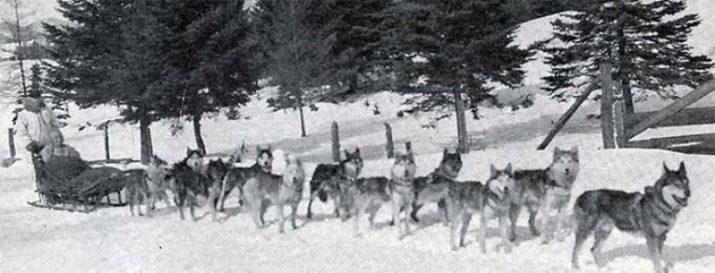
Largely thanks to this breed, Alaska was developed, and many people were saved.
Here is one outstanding case.
In the winter of 1925, a severe diphtheria epidemic hit Alaska. In the city of Nome, stocks of medicines and vaccines were depleted, the population was threatened with complete extinction. To save people, it was necessary to deliver medicines as soon as possible from the nearest settlement, the distance to which was more than 1000 kilometers, which meant 9 days of travel at that time.
Several mushers with their teams undertook to complete the task, they organized a relay race, rode day and night, replacing each other. As a result, after 5 days, the serum was delivered to the city. This was made by the Norwegian Seppala and his team led by the leader of Togo. The musher was unconscious, the animals wiped their paws to the point of blood. In gratitude for the accomplished feat, a monument to the husky dog was erected in Central Park in New York.
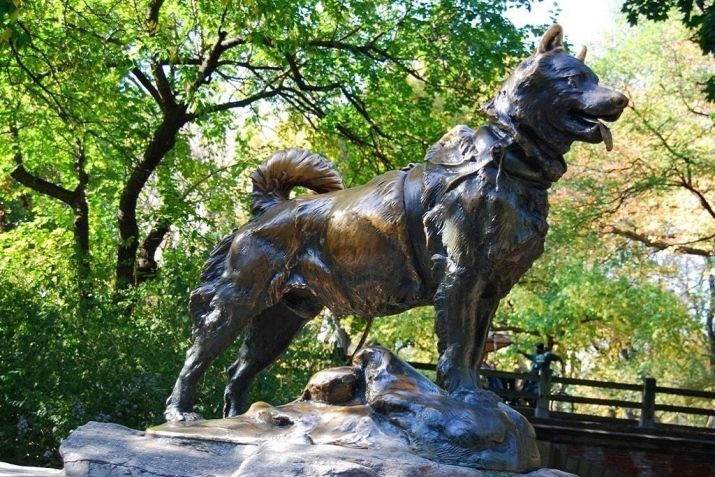
Characteristic features of the breed
The main difference is the great resemblance to a wolf. Dogs have a strong, muscular body, strong long legs and dense thick coat. All these signs help them to endure the winter cold well, to transport heavy sleds over long distances. If necessary, huskies can get by with a small amount of food. These animals can be small and medium in size, the shape of the body is tight, the muzzle is slightly shortened. Growth on average reaches 60 centimeters, weight - about 30 kilograms.
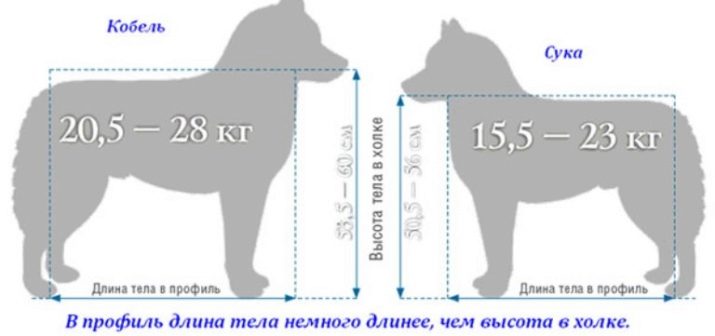
According to the breed standard, dogs should have dark back, ears and top of the head. The belly, paws and muzzle are white, and there are also characteristic light spots - "glasses" around the eyes. There are animals with pure white and reddish coat color, but this is a rarity, rather an exception.
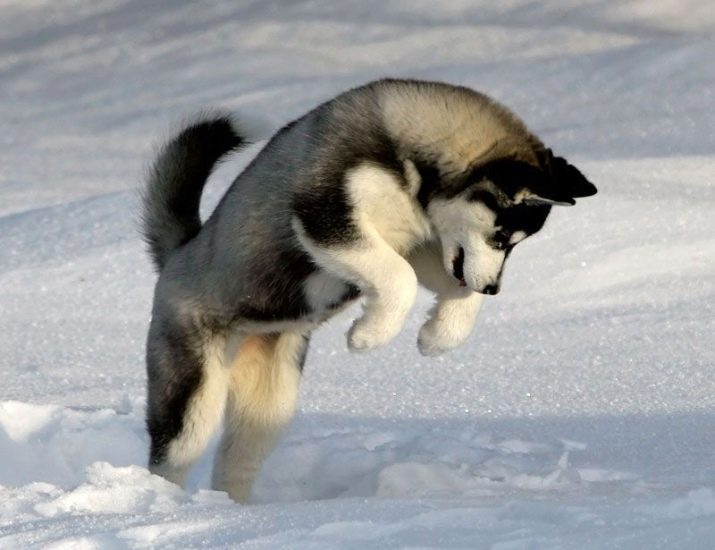
The eyes are almond-shaped, slightly slanted. Their color is most often blue, icy, less often brown, yellowish. The peculiarity is disagreement. The ears are triangular, close-set, completely pubescent. The tail is large and fluffy, like a fox, slightly curved.
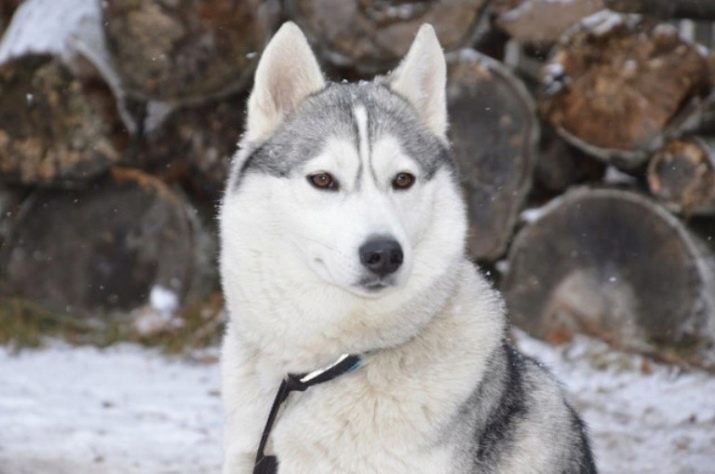
Dogs of this breed are very hardy, tireless and dynamic. They need constant movement and physical activity. They love long walks, jogging and outdoor games, and feel great in cold climates. Huskies are friendly, affable, loyal and not aggressive at all. Get along well with other pets.Suitable for families with children. Due to their special cleanliness, they can even live with allergy sufferers.
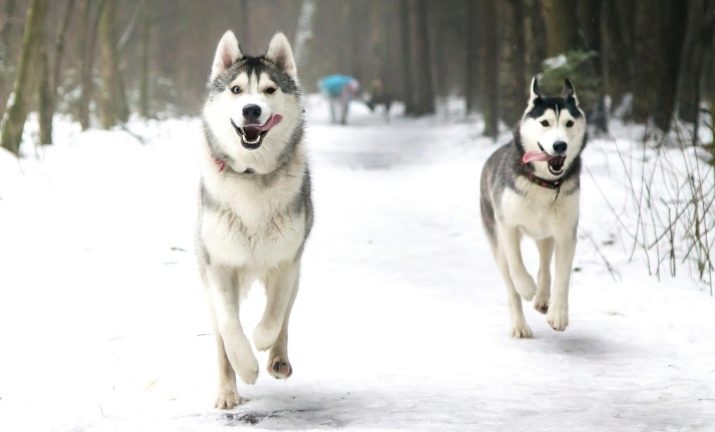
They cannot be used as guards: these dogs have no concept of their own territory that needs to be protected, they can easily approach a stranger.
Varieties
Currently, there are 3 main directions in the breed.
- Workers. The very first breed is the ancestor of all the others. The breed standard gives a description of the working dog. Now they are much less common than before, and are mainly used in tourism, for excursions on sledges in the North. They do not shine with beauty, but they are calm, reliable, tireless.
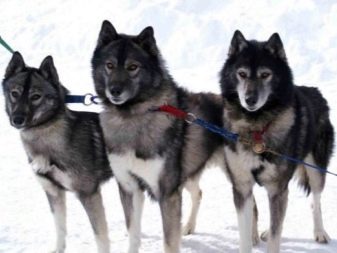

- Racing or sports. Bred specifically for participation in competitions, dog sled racing. They are distinguished by higher speed, but less endurance over long distances. They may have in the pedigree admixtures of hounds and greyhounds, a slightly different exterior. Breeders are working to improve the external data.

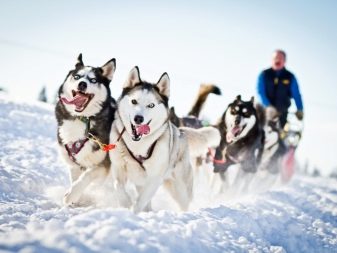
- Exhibition, show. The name speaks for itself. These are dogs - pictures, very beautiful, without the slightest flaw. Winners of high awards in various prestigious shows. Not intended for work or sports, just good and loyal companions.
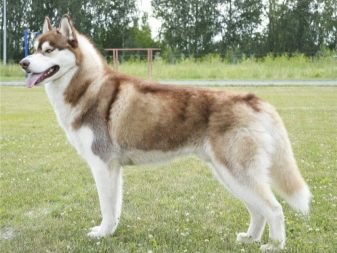
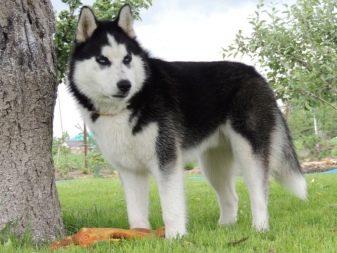
But huskies still remain themselves, their character is good-natured and docile. They are very smart and love their owners.
In addition to the division by type of activity, the breed is also subdivided according to the place of origin: there are Siberian, Kamchatka, Sakhalin, Baikal, Finnish, Yakut, Alaskan, American varieties. They are not always the descendants and relatives of the husky, more often it is the result of crossing representatives of different breeds.
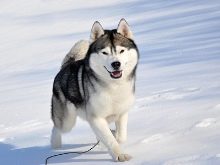
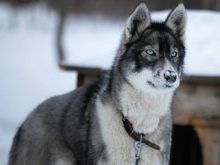
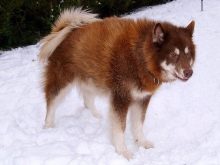
Where do Siberian huskies come from?
Despite the name, the breed appeared and was officially recognized in America. This event was preceded by a long history. For the first time sled dogs from Chukotka were brought to the United States in the first half of the 19th century. The development of the northern territories was going on, Alaska was bought from Russia. In addition to the Chukchi dogs, dogs brought from other places were used in sleds.
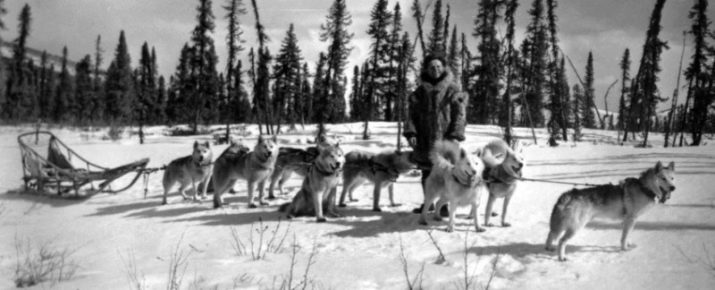
In the process of mating, new species were spontaneously and purposefully born. Kennel clubs emerged, and competitive racing became popular. Breeders, observing dogs, noticed the most hardy, strong, obedient and tried to preserve these qualities in the offspring.
So, gradually, over almost 100 years, the breed was formed in the modern sense. She received the recognition of the American Kennel Club in 1930, the standard was approved two years later - in 1932. Huskies came to Western Europe only after World War II, in the 1950s.
Today's representatives are not the direct heirs of sled dogs from Siberia, although they look similar to them. However, in memory of the ancestors, the Chukchi dogs, it was decided to name the new species “Siberian huskies”.
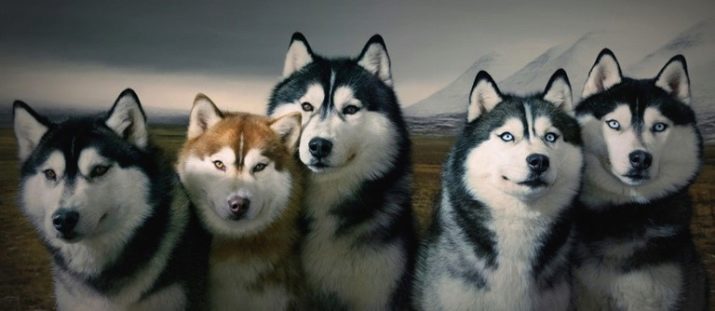
Currently, the breed is widely represented in the tourism business, sports, participates in international exhibitions and shows. These dogs are usually chosen by people who are energetic, loving movement and extreme sports.
For more information on the origin of the husky breed, see the next video.






































